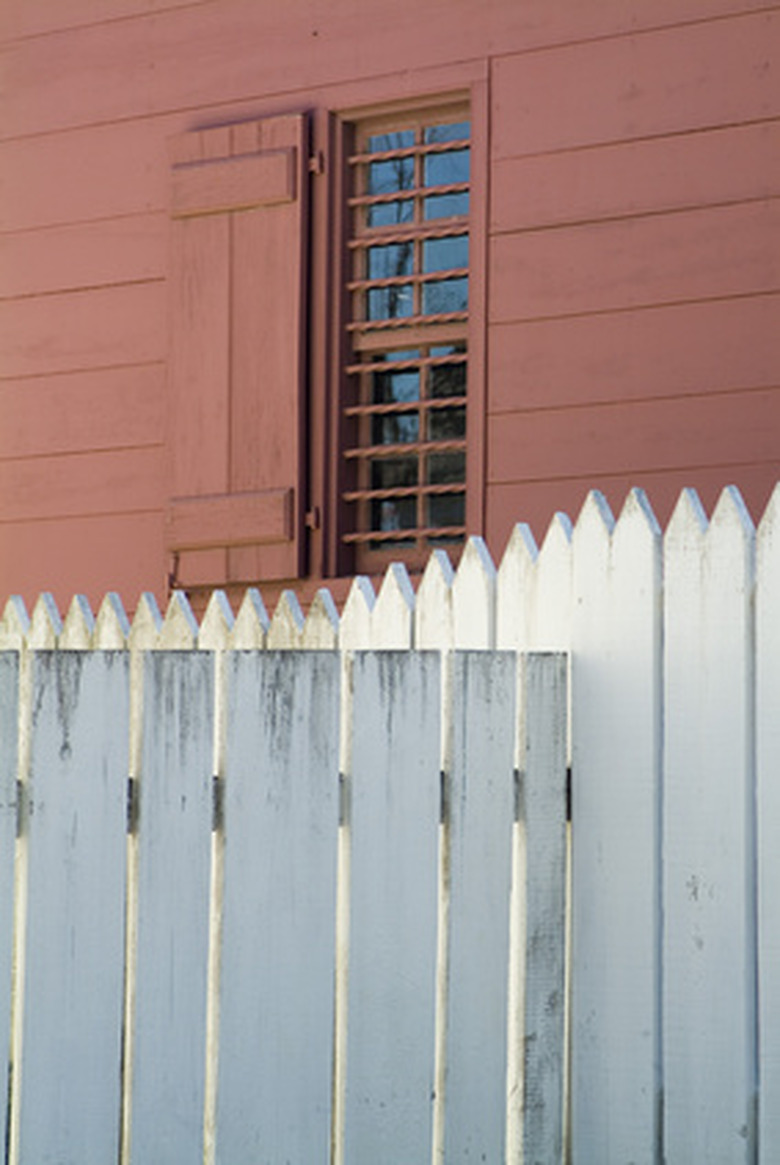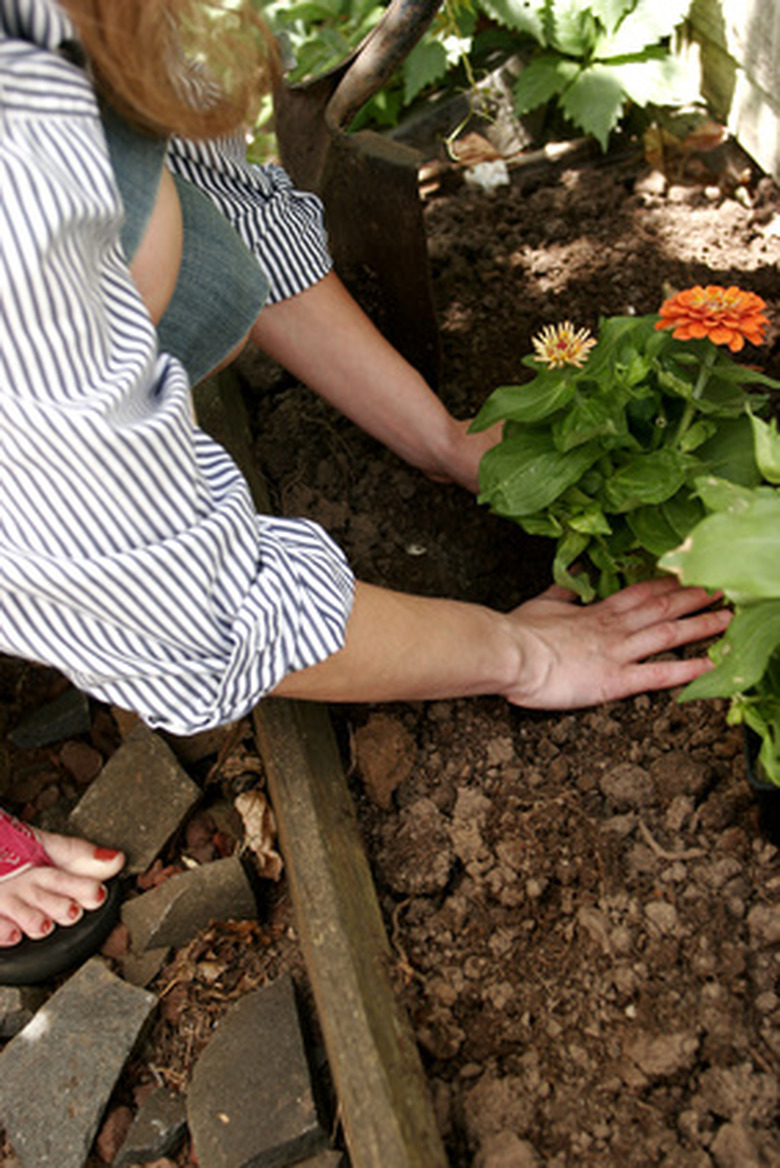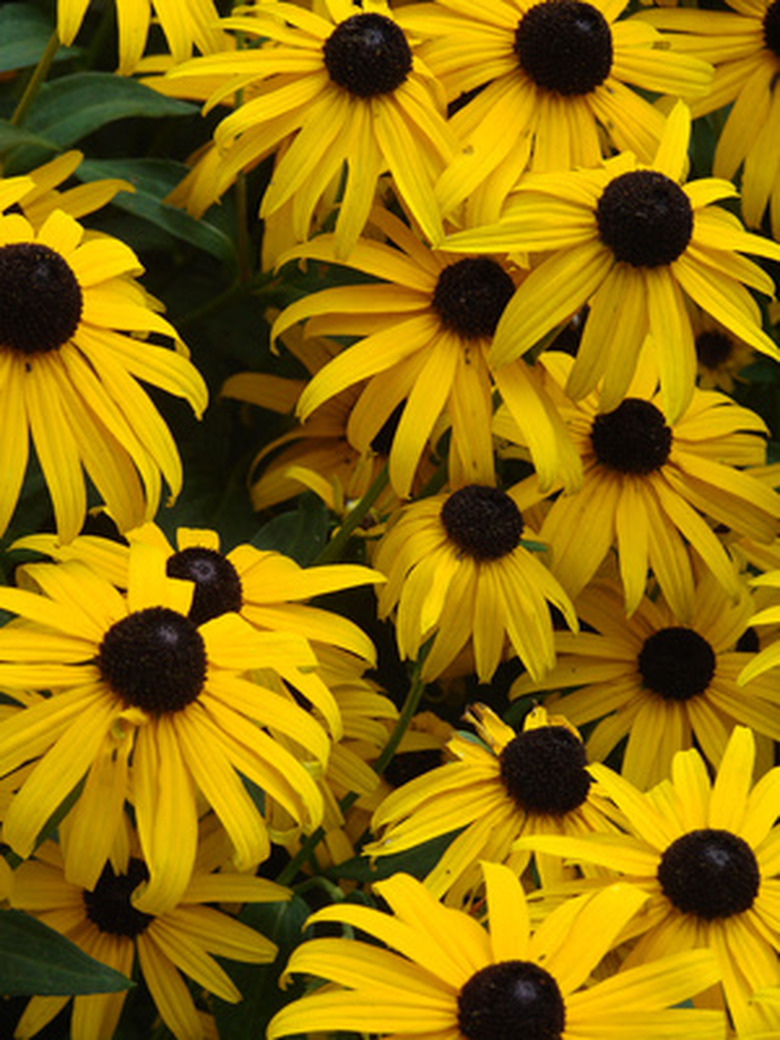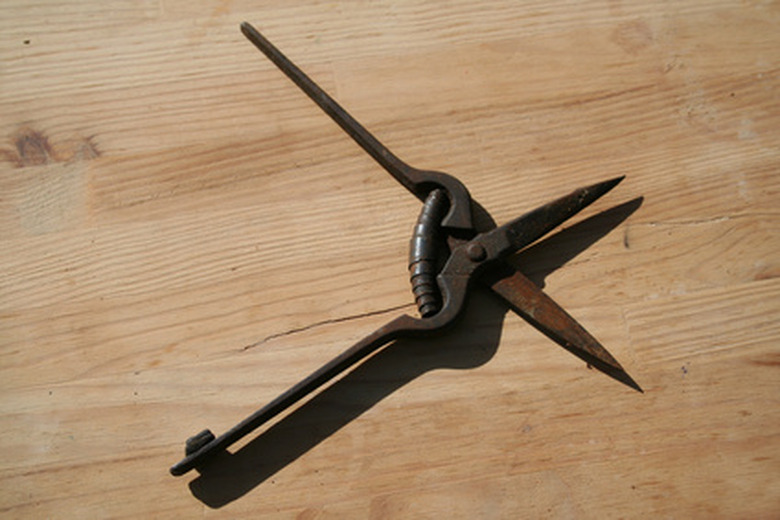Russian Sage Planting & Care
Russian sage is an ornamental plant unlike regular garden sage that is used both in cooking and for its medicinal properties. It is a plant that resembles lavender, with pretty purple flowers. Russian sage is sometimes grown instead of lavender in cold climates. It was named the Perennial Plant of the Year in 1995.
Description
Sage grows in a clump of gray green leaves coming from a silver square stem. The plant develops small purple flowers that are tubular in nature and grow in whorls along a spike. It is a woody perennial of the mint family and can grow from two to five feet high. The scent of sage comes from the leaves when crushed.
- Russian sage is an ornamental plant unlike regular garden sage that is used both in cooking and for its medicinal properties.
- It is a plant that resembles lavender, with pretty purple flowers.
Location
Russian sage loves full sun but will tolerate partial shade. It does not do well in total shade. The area should be well drained because the plant does not like to be wet all the time. Russian sage does grow tall so it should be used as a back border to a garden; it also does well up against a fence.
Propagation
Russian sage can be grown from seeds but it is very difficult to do so. It takes about 1 to 4 months for the seeds to germinate and the temperature must be kept at a constant 60 degrees Fahrenheit. Seeds benefit from a period of freezing by placing in the freezer for a few weeks then planting. It is better to purchase a plant from the garden center and plant it in the garden. Once the plant has established itself you can take cuttings of about 3 to 4 inches in the spring, dip in rooting hormone and place in a pot of soil to root. Another way to propagate the plant is to take a "U" shaped piece of wire and catch a branch from an established plant pinning it to the ground with the wire. After a few months, roots should have grown into the ground and you can remove the wire and cut the newly rooted plant from the mother plant and transplant.
- Russian sage loves full sun but will tolerate partial shade.
- After a few months, roots should have grown into the ground and you can remove the wire and cut the newly rooted plant from the mother plant and transplant.
Planting
Plant seeds started indoors or purchased plants in the spring. Turn over the soil and add compost and peat moss to make the soil pliable. Set established plants about eighteen inches apart because the do have a bushy appearance. Plant the same depth as it was in the pot. Plants grown from seeds may be planted about 10 inches apart and they should be placed in groups of about 4 plants. It will take a few years to get a normal-sized plant from small transplants.
Companions
Russian sage looks very good with plants that have yellow, pink or red flowers. It looks great with roses or black-eyed susans. It also is a great companion to ornamental grasses. It will bloom all summer long and provide a screen of purple in the garden.
- Plant seeds started indoors or purchased plants in the spring.
- Set established plants about eighteen inches apart because the do have a bushy appearance.
Care
Russian sage has a large root system. In the first year, be sure to water regularly if there is no rain. This will help those roots to develop. After the first year the plant will be very drought tolerant and will not require much extra watering. Do not cut the plant back in the winter but wait until spring and then cut back one foot. It will grow back bigger during that year. Russian sage benefits from a garden fertilizer applied in spring before growth begins.
- Russian sage has a large root system.
- In the first year, be sure to water regularly if there is no rain.
Problems
Young plants tend to flop over and if they do, they can be staked to keep an upright position. They can also be planted next to a fence that will prevent them from falling over or other larger plants that will support them. Other than that, Russian sage is not troubled by disease or pests.



